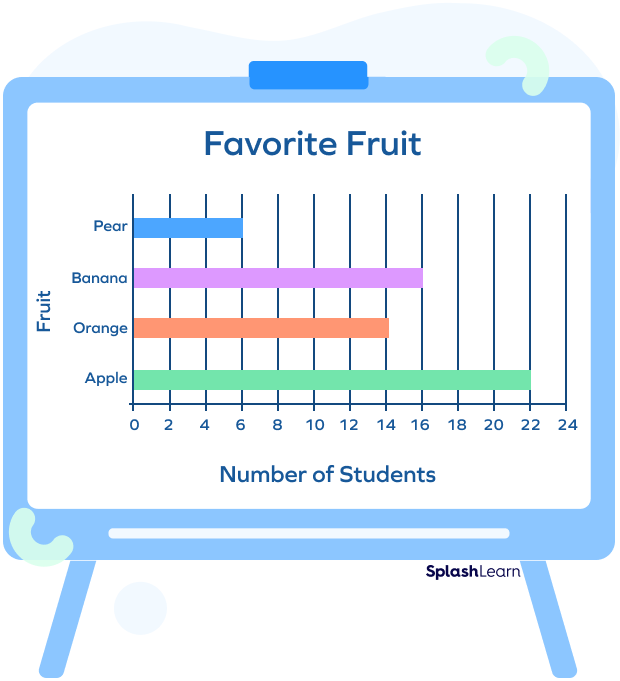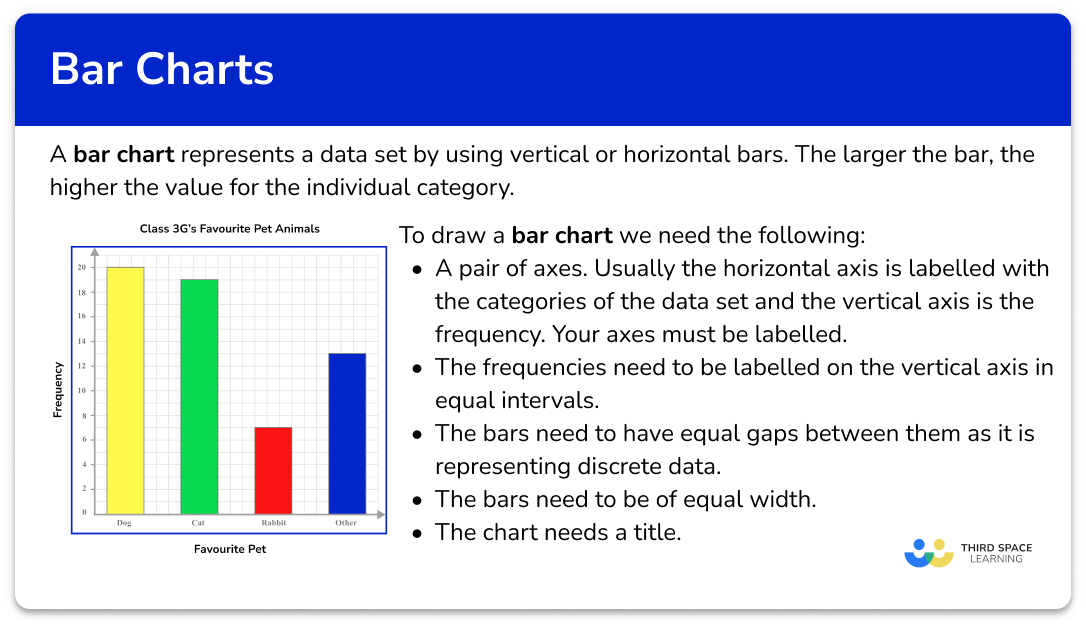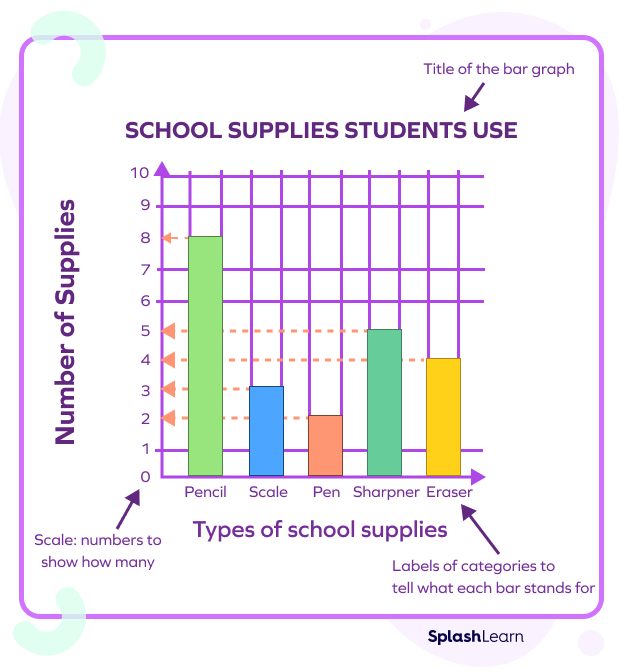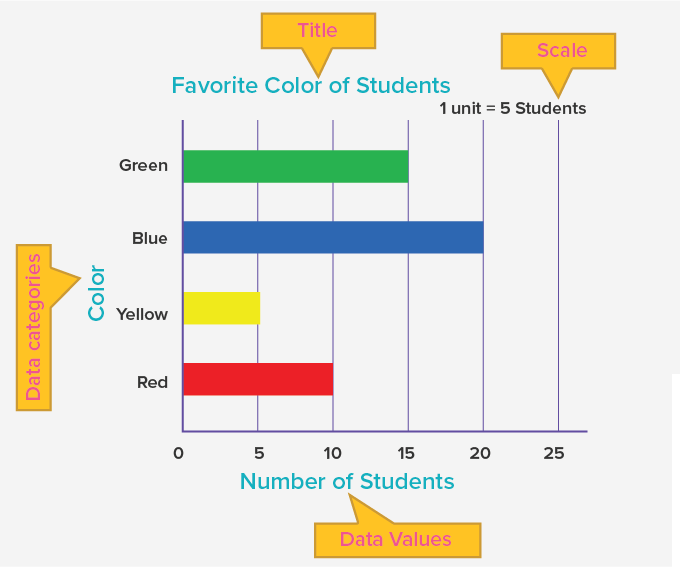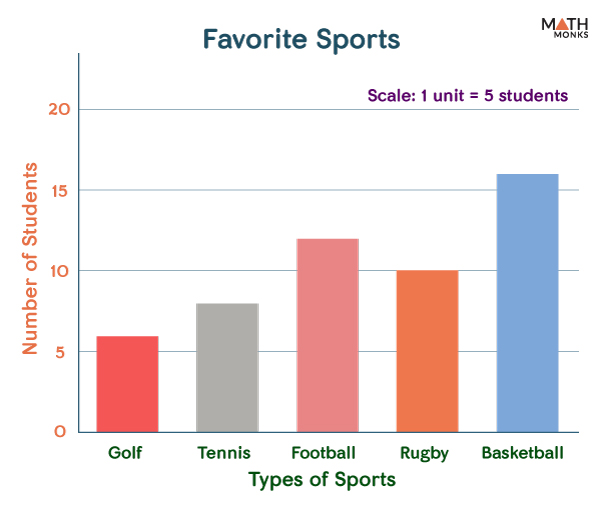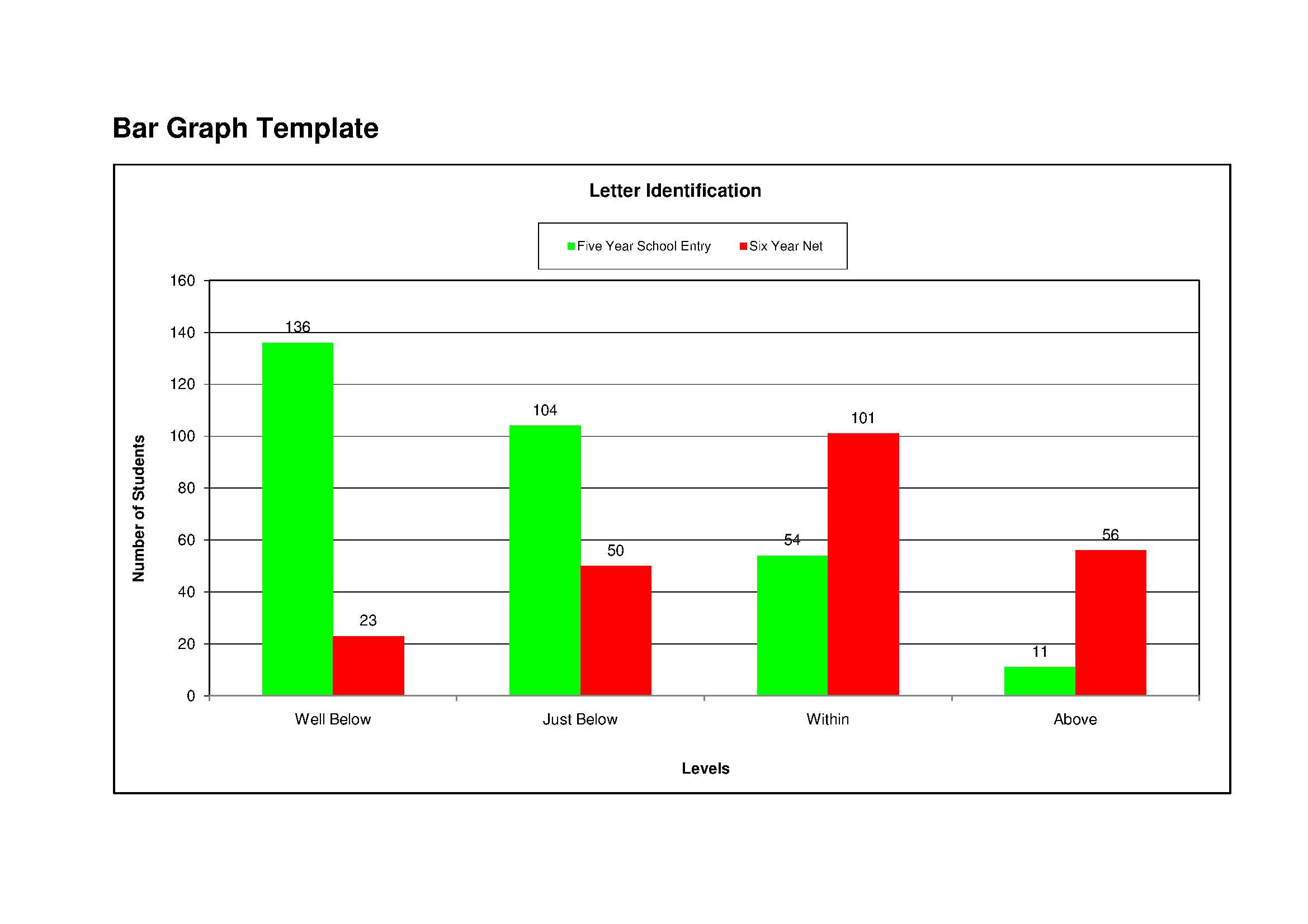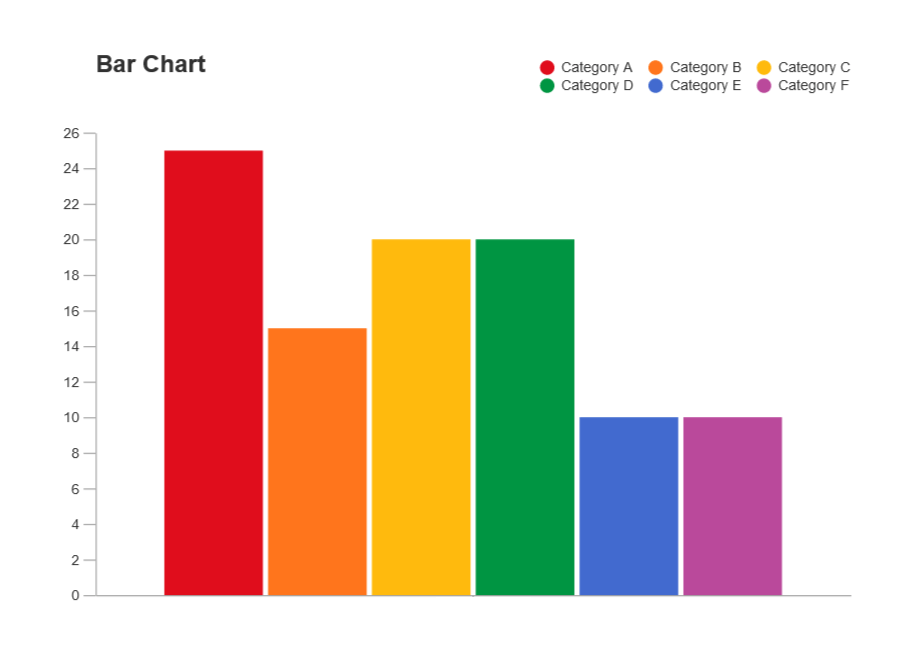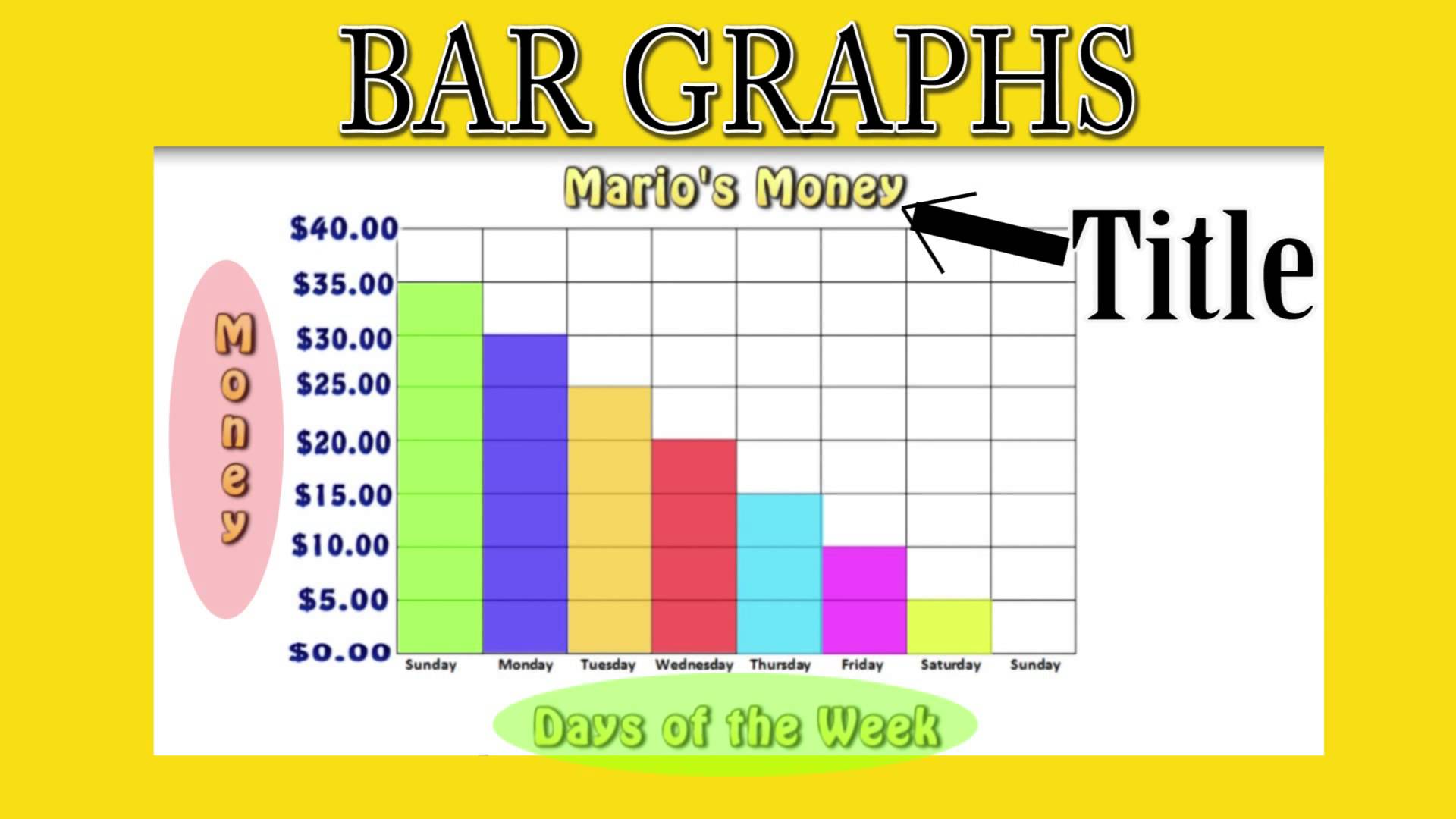Beautiful Tips About What Is Bar Graph Used For How To Draw Two Axis In Excel

We can show that on a bar graph like this:
What is bar graph used for. A bar graph is a pictorial representation of data, quantities, or numbers using bars, columns, or strips. The products you should never buy at full price 'new normal' for mortgage rates won't be below 3.5%, lender boss warns; A bar chart is a graph with rectangular bars.
What is the definition and example of a bar graph? It’s a helpful tool that showcases or summarizes the content within your data set in a visual form. A bar graph (also called bar chart) is a graphical display of data using bars of different heights.
When the data is plotted, the chart presents a comparison of the variables. A bar graph or bar chart is a visual presentation of a group of data that is made up of vertical or horizontal rectangular bars with lengths that are equal to the measure of the data. A bar graph shows a visual summary of how a data set is spread out across various categories.
From a bar chart, we can see which groups are highest or most common, and how other groups compare against the others. In turn, using it empowers your audience to understand the insights and ideas suggested by the data. They are also known as bar charts.
The information displayed in the bar graph above is straightforward. A bar graph shows comparisons among discrete categories. It is a graphical representation of data using bars of different heights.
The bar charts have three major characteristics such as: Bar charts highlight differences between categories or other discrete data. Bar charts are one of the means of data handling in statistics.
Learn about the types of bar graphs, examples, and more. A bar graph (also known as a bar chart or bar diagram) is a visual tool that uses bars to compare data among categories. Although the graphs can be plotted vertically (bars standing up) or horizontally (bars laying flat from left to right), the most usual type of bar graph is vertical.
A bar chart is used when you want to show a distribution of data points or perform a comparison of metric values across different subgroups of your data. Imagine you do a survey of your friends to find which type of movie they like best: Bar graphs are the pictorial representation of data (generally grouped), in the form of vertical or horizontal rectangular bars, where the length of bars are proportional to the measure of data.
A bar graph (or bar chart) displays data using rectangular bars. For example, here is a vertical bar graph showing the popularity of different colours among a group of children. Dcc.graph(figure=fig) with fig a plotly figure.;
Bar graphs are a visual representation of data using rectangular bars. Types of summary values include counts, sums, means, and standard deviations. Bar charts can be plotted horizontally or vertically, they can be stacked or clustered, and they’re perfect for showing data across categories.




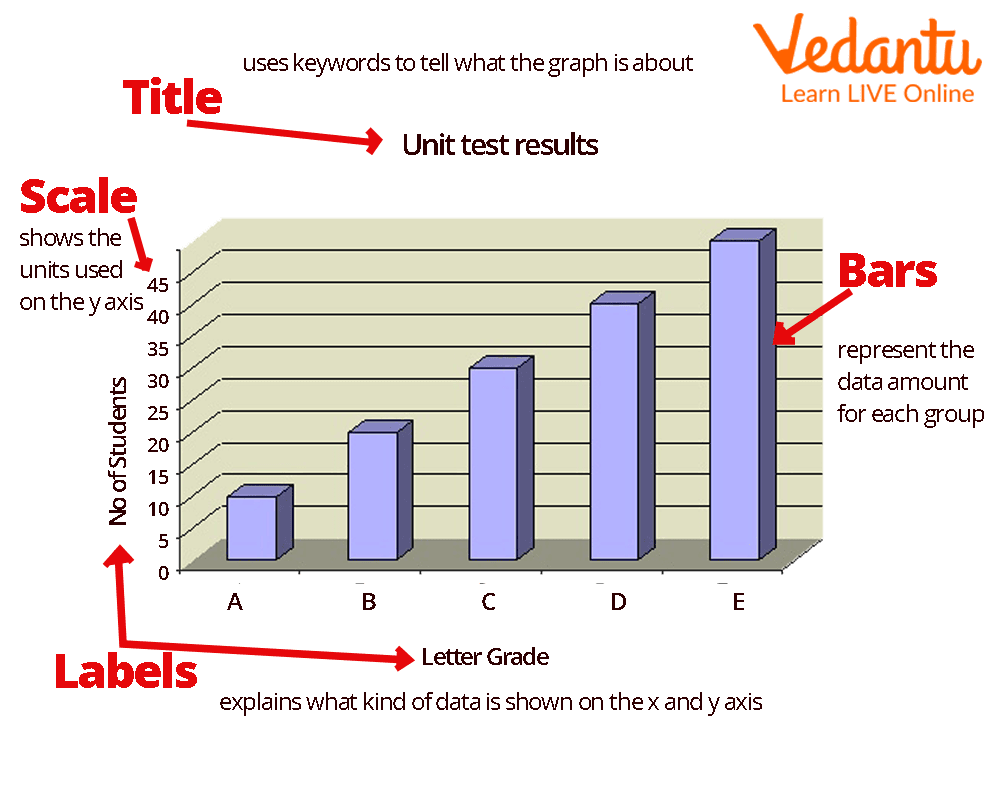

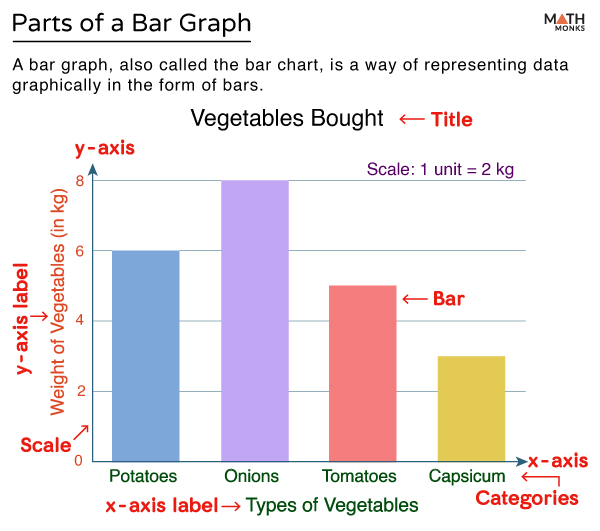

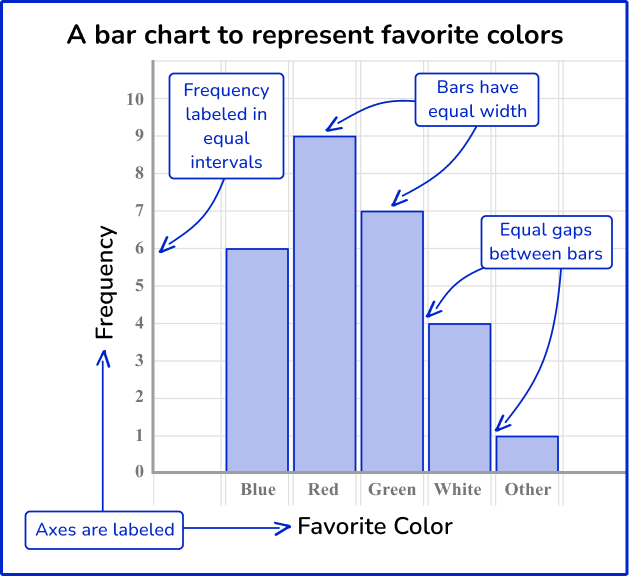
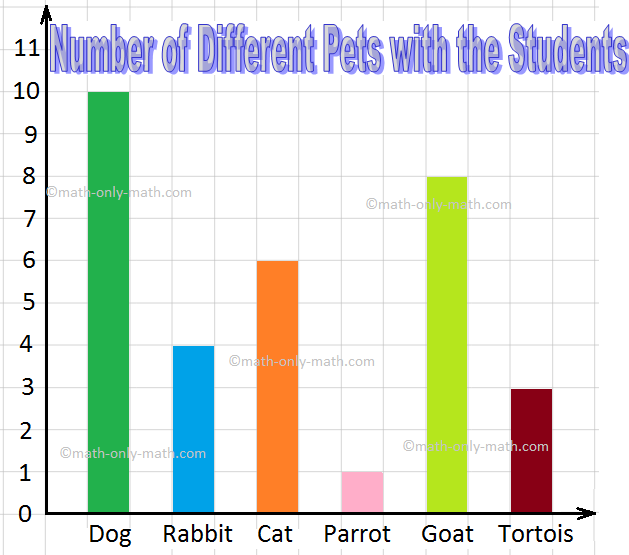

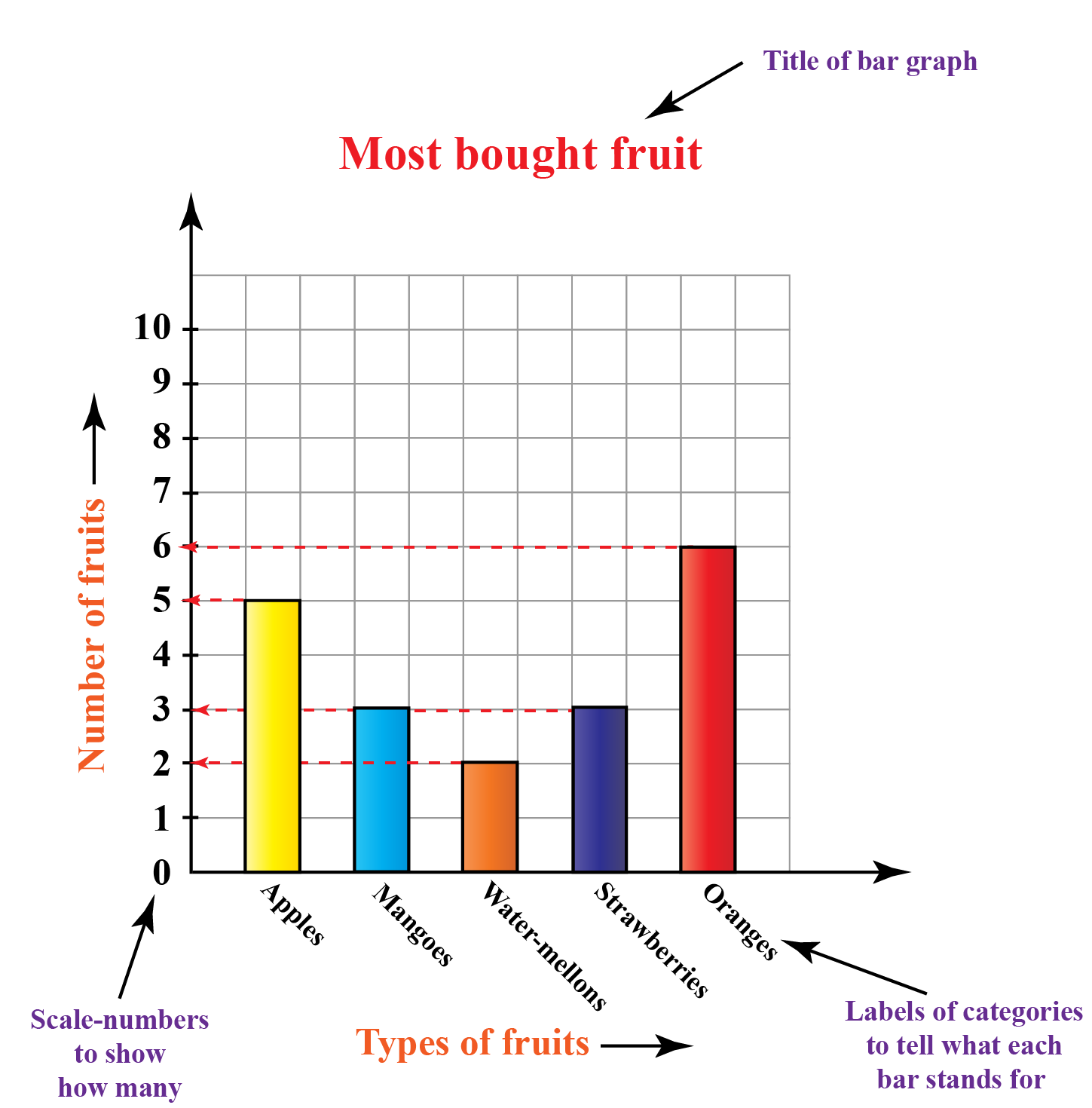
![What is Bar Graph? [Definition, Facts & Example]](https://cdn-skill.splashmath.com/panel-uploads/GlossaryTerm/7d3d0f48d1ec44568e169138ceb5b1ad/1547442576_Bar-graph-Example-title-scale-labels-key-grid.png)

